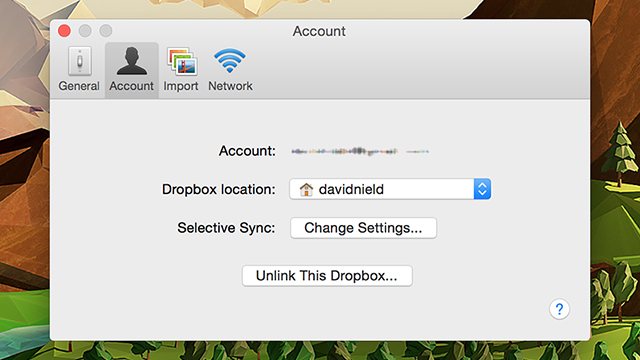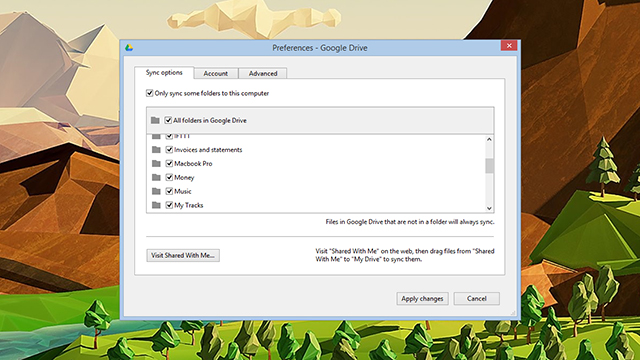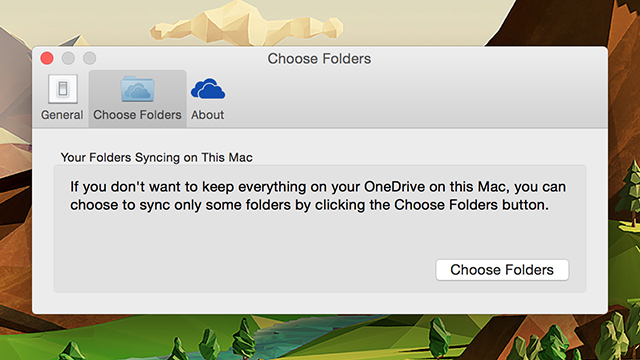With storage prices plummeting and internet speeds rising, cloud-based backups make more sense than ever before (and are easier to manage to boot). If you want to take advantage of the popular desktop syncing tools, all of the major cross-platform players — Dropbox, Google Drive, OneDrive — offer some selective syncing features that you can use to keep any files you don’t need right now off your computer.
Of course we should preface this by saying it’s important to have duplicates of your data in every case, and three copies of each file is much better than just two. We wouldn’t recommend keeping just one copy of a file on a server somewhere; instead, use a combination of external hard drives, other computers and cloud storage apps to make sure you have at least two versions of each file that’s important to you.
You’re also going to have to think about which sorts of files this works best for: When it comes to spreadsheets that are constantly being edited, for example, you’re really going to need to have a local copy to hand at all times. Storing files online or on external drives works best for bigger, archived files that you occasionally open rather than edit on a regular basis (like those vacation movies you shot last summer).
Selective syncing
You’ll find the selective sync options available in three of the most well-known cross-platform syncing tools — Dropbox, Google Drive and OneDrive. It’s also a feature in many other similar products too, though we haven’t covered them here, so check the fine print for details. You can choose your selective sync options either when you set up the connection for the first time or later on from the Preferences panel.

Dropbox: First, open up the Dropbox Preferences screen. Click the system tray or menu bar icon, then the cog icon, then Preferences. Open the Account tab then click Selective Sync (the same button’s labelled Change Settings on Mac computers). From the subsequent screen you can untick any folders you don’t want to store locally. After you’ve clicked through the confirmation dialog, the unticked folders will be deleted from the local system.

Google Drive: Click on the Google Drive icon in the system tray or menu bar and choose Preferences from the menu that pops up. Sync options is the first tab you’ll see, so there’s no need to switch to it in this case. Tick the box marked Only sync some folders to this computer and then make your choices accordingly. Any folders that are unticked will be deleted from the hard drive on the computer you’re working on. Again there’s a confirmation box that asks you to confirm your selection.

OneDrive: There’s a caveat, here — because OneDrive is so tightly integrated into Windows 8.1, you can’t differentiate between the files kept locally and kept in the cloud (though confusingly it looks like selective sync will return in time for Windows 10). You can, however, be as selective as you like in the latest OneDrive client for Mac. Click the menu bar icon, choose Preferences and then use the Choose Folders button (from the Choose Folders tab) to make your selection. Click Choose folders to sync and then untick the ones you don’t want stored locally.
If you’ve got a setup of your own that works well — a Google Drive inside a Dropbox, perhaps — then share it in the discussion below.
Picture: Bagiuiani/Shutterstock
